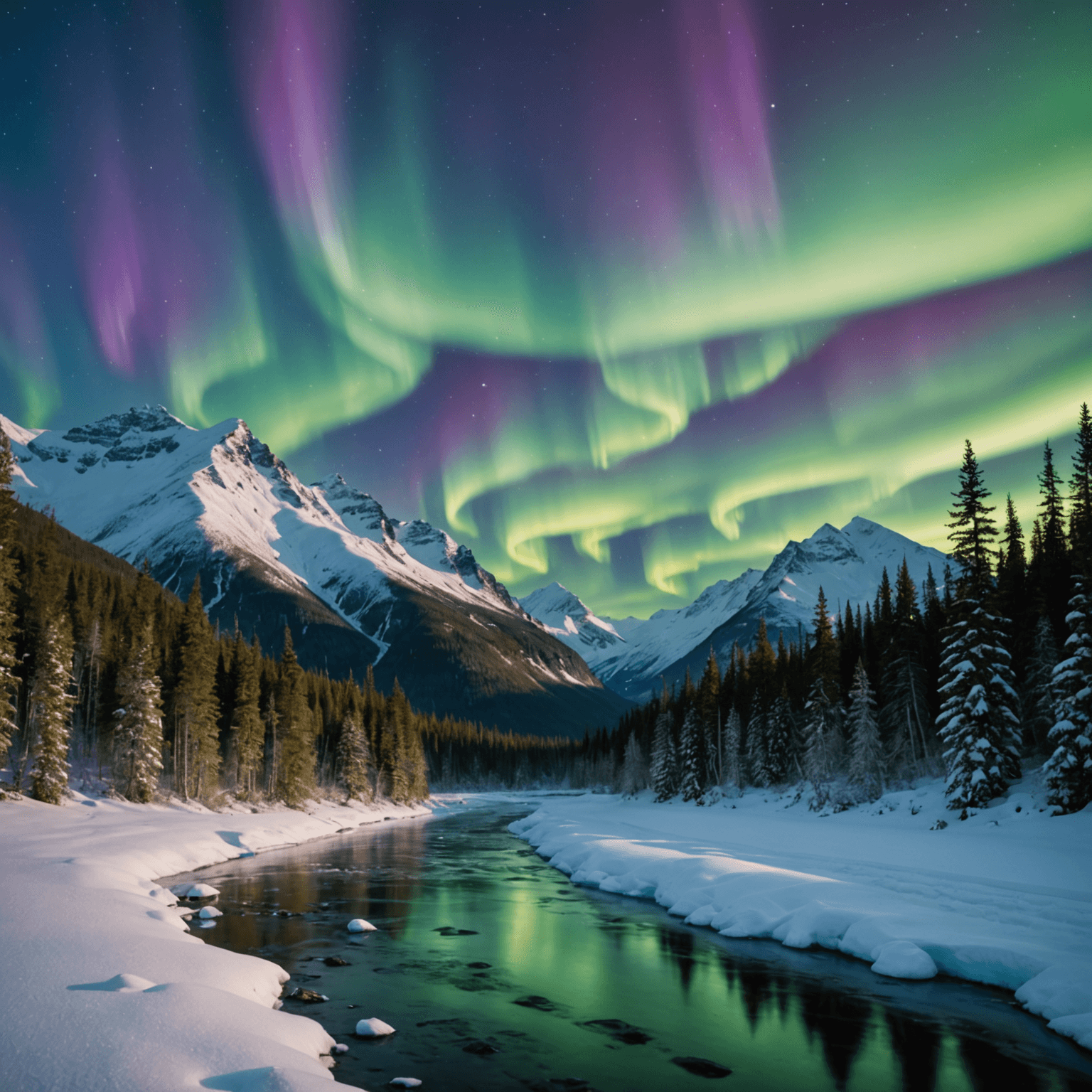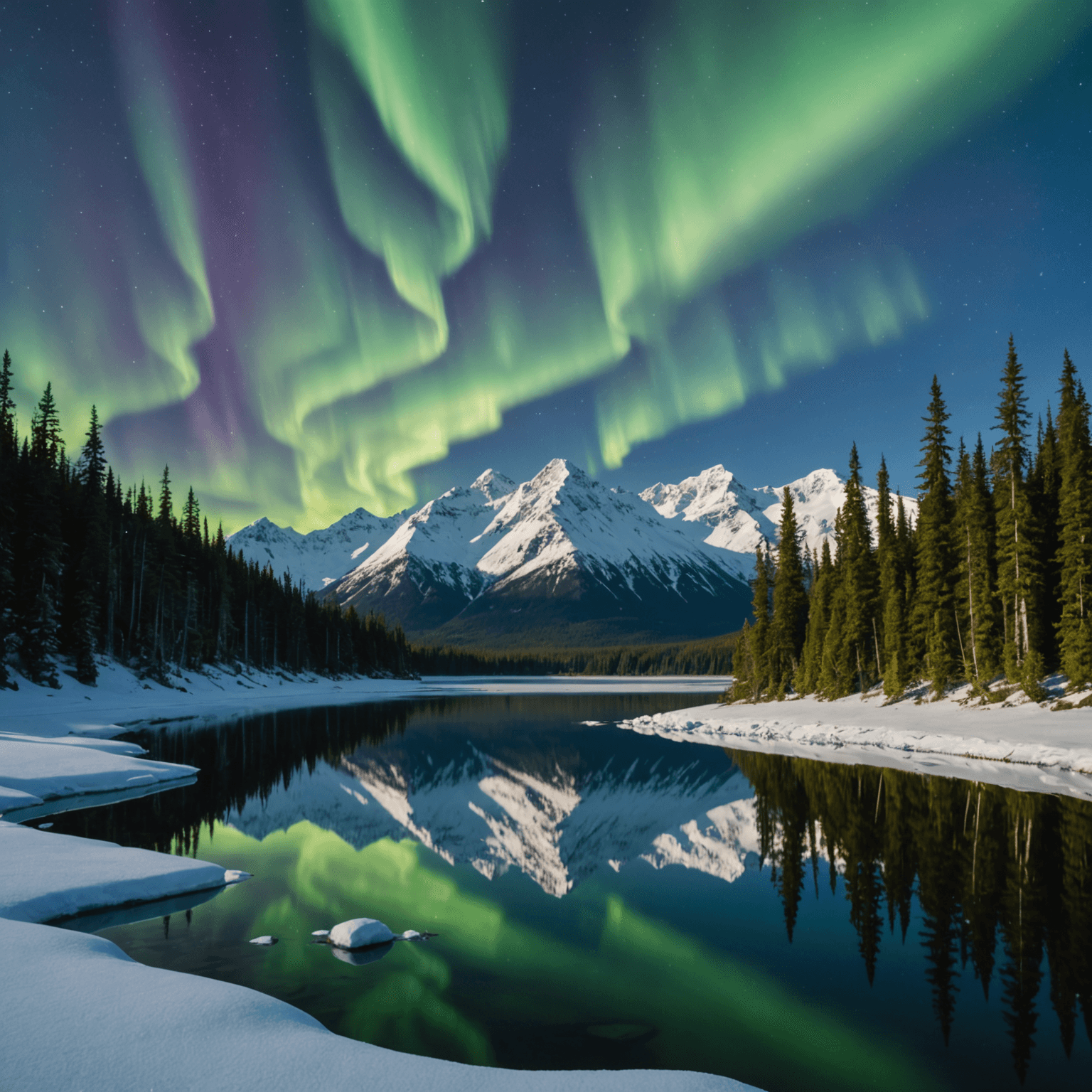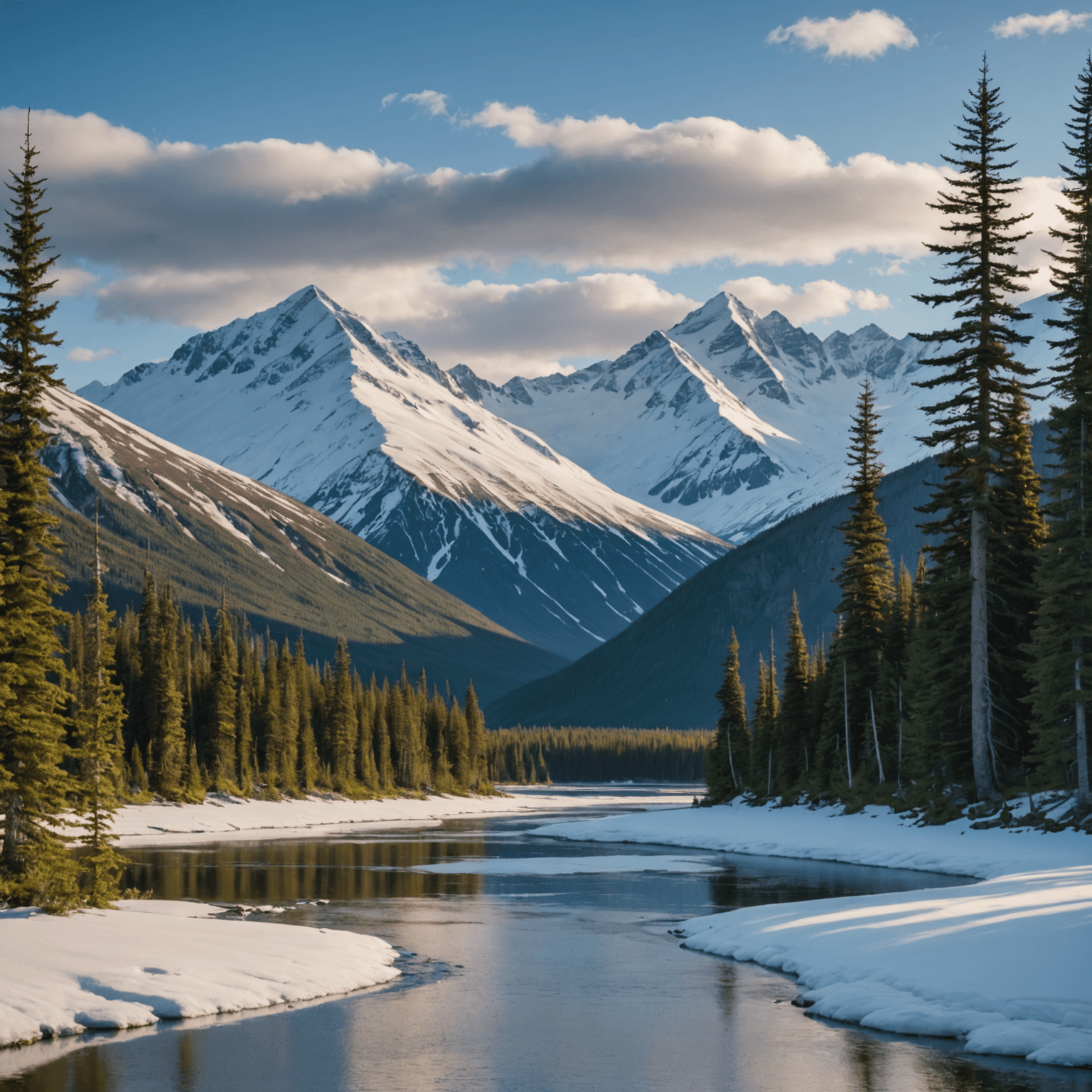Introduction
The Northern Lights, or Aurora Borealis, are a natural phenomenon that draws visitors from around the globe to Alaska. These mesmerizing displays of light are often seen dancing across the night sky, painting it with vibrant hues of green, pink, purple, and sometimes red or yellow. Witnessing the Northern Lights is a bucket-list experience for many, but knowing when to see Northern Lights in Alaska can make all the difference in catching this spectacular celestial event. This guide will help you plan your trip to maximize your chances of seeing the aurora at its best.
Best Times to See Northern Lights in Alaska
The key to witnessing the Northern Lights in Alaska is timing your visit during the peak aurora season. The best time to see the Northern Lights typically spans from late August to early April, with the most active months being December through March. These months offer the darkest and longest nights, which are ideal for aurora viewing.
Understanding the Aurora Season
Late August to September: As the summer fades, the nights begin to lengthen, creating the first opportunities to see the aurora. September is generally considered a good month because of the balance between reasonable weather and dark skies.
October to November: The aurora activity usually increases, and the chances of a clear night sky improve. However, weather conditions can be unpredictable, so be prepared for snow and cold.
December to March: This period is considered the peak season for aurora viewing. The long, dark nights and typically clearer skies improve your chances of seeing the lights.

April: The Northern Lights can still be seen in early April, but the increasing daylight hours reduce the opportunities for viewing.
For those interested in combining their aurora viewing with other winter activities, consider exploring Alaska winter tours, which often include dog sledding, snowmobiling, and guided aurora tours.
Optimal Locations for Aurora Viewing
Alaska offers several prime locations to witness the Northern Lights. Here are some of the best spots:
Fairbanks
Fairbanks is renowned for its excellent aurora viewing opportunities. Its location under the “auroral oval” increases the chances of seeing the lights. The city offers numerous tours and accommodations focused on maximizing the aurora experience. For detailed weather forecasts, visit the National Weather Service to plan your viewing nights.
Denali National Park
Denali National Park is another excellent location for aurora enthusiasts. The park’s vast wilderness and minimal light pollution provide a perfect setting for viewing the Northern Lights. Check out the Denali National Park Service for more information on visiting this iconic location.
Anchorage
While not as optimal as Fairbanks, Anchorage still offers good opportunities to see the aurora, especially if you venture out of the city to darker areas. Utilize local visitor resources to plan your aurora hunting adventures.
Talkeetna
A charming town offering a quieter alternative to the larger cities, Talkeetna provides excellent conditions for aurora viewing with minimal light pollution. For more information, visit the Talkeetna Chamber of Commerce.
Planning Your Trip
Aurora Forecasting
Monitoring aurora forecasts can significantly enhance your chances of seeing the Northern Lights. The Geophysical Institute at the University of Alaska Fairbanks provides reliable aurora forecasts that can help you plan your viewing nights.
Weather Considerations
Alaska’s weather can be unpredictable. It’s essential to dress in layers and be prepared for cold temperatures, especially during the peak winter months. For safety tips and current conditions, consult the Alaska Department of Transportation and the Alaska Avalanche Information Center.
Tours and Adventures
Consider joining a guided tour to enhance your Northern Lights experience. Tours often provide transportation, expert guidance, and amenities to keep you comfortable during late-night viewing. Explore Northern Lights Ultimate Adventure for a comprehensive aurora experience.

Conclusion
Witnessing the Northern Lights in Alaska is a magical experience that requires a bit of planning and patience. By visiting during peak aurora season, choosing optimal locations, and utilizing resources like weather forecasts and guided tours, you’ll increase your chances of catching this stunning natural phenomenon. Whether you choose to explore Fairbanks, Denali, or other parts of Alaska, remember to embrace the adventure and enjoy the breathtaking beauty of the aurora.
FAQ
1. What is the best month to see the Northern Lights in Alaska?
The best months are typically December through March, when nights are longest and skies tend to be clearer.
2. Can I see the Northern Lights in Alaska during the summer?
No, the Northern Lights are not visible during the summer months due to the extended daylight hours.
3. Is Fairbanks the best place to see the Northern Lights?
Fairbanks is one of the best places due to its location under the “auroral oval,” offering excellent viewing opportunities.
4. How accurate are aurora forecasts?
Aurora forecasts, like those from the Geophysical Institute, are generally reliable and helpful in planning your viewing nights.
5. What should I wear when viewing the Northern Lights?
Dress in layers with warm clothing, including insulated jackets, hats, gloves, and boots, to stay comfortable in cold temperatures.
6. Are there guided tours for the Northern Lights?
Yes, there are many guided tours available, such as the Northern Lights Ultimate Adventure, which provide transportation and expert guidance.
7. Can the Northern Lights be predicted?
While it’s difficult to predict exact times, aurora forecasts can give a good indication of potential aurora activity.
8. Are there other activities to do in Alaska while waiting for the Northern Lights?
Yes, consider exploring Alaska winter tours, which include dog sledding and snowmobiling adventures.





